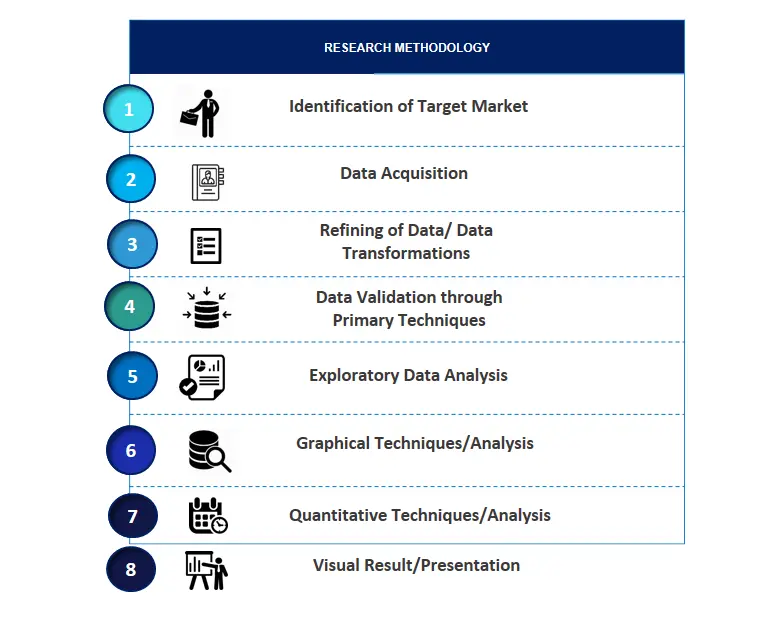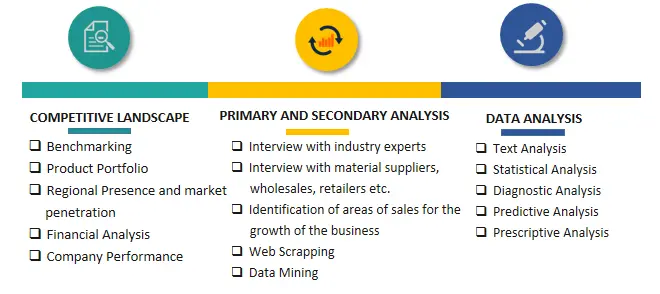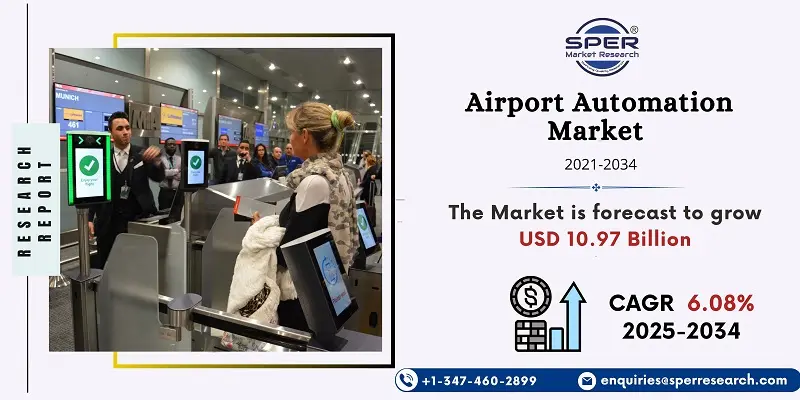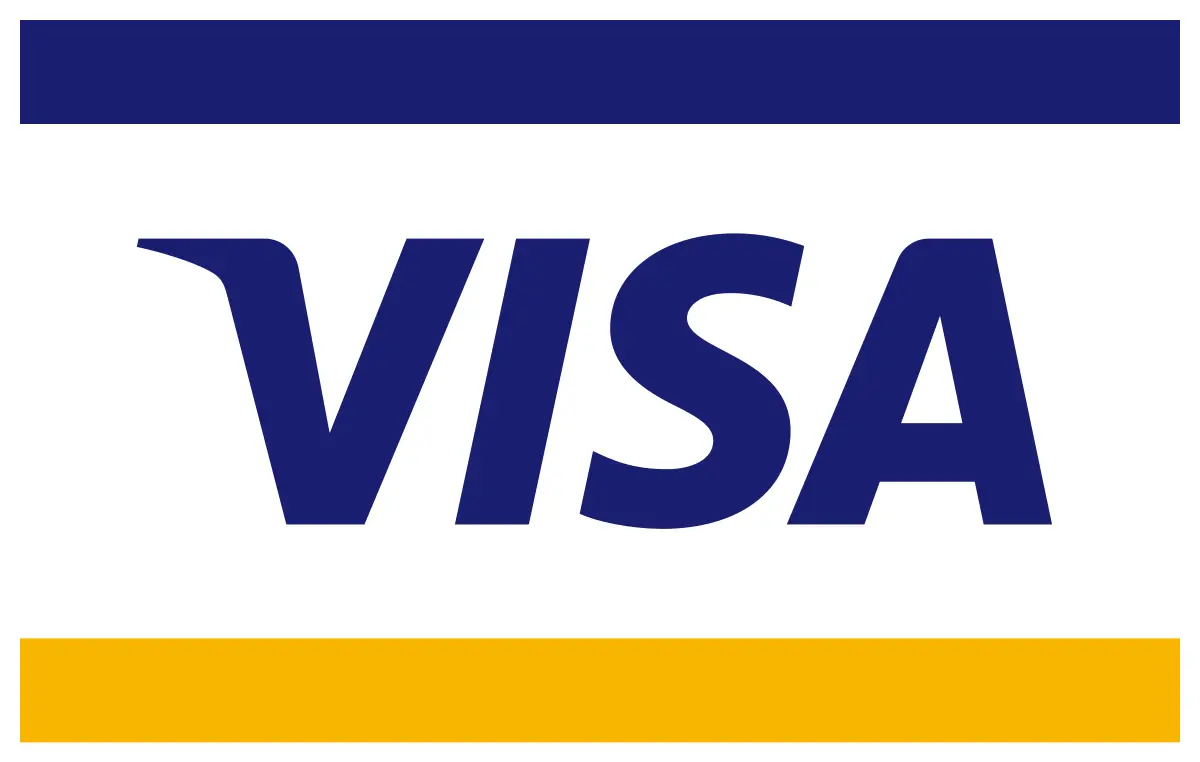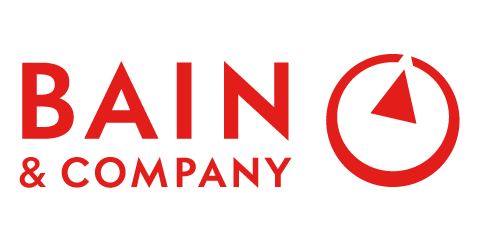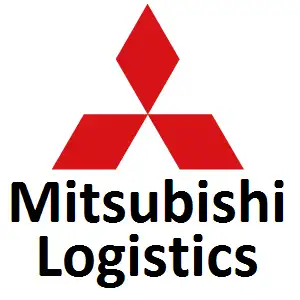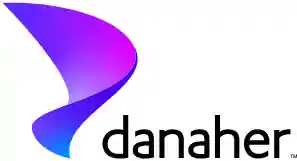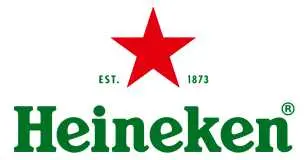Global Airport Automation Market Introduction and Overview
According to SPER Market Research, the Global Airport Automation Market is estimated to reach USD 10.97 billion by 2034 with a CAGR of 6.08%.
The report includes an in-depth analysis of the Global Airport Automation Market, including market size and trends, product mix, Applications, and supplier analysis. The Global Airport Automation Market is witnessing robust growth driven by increasing air travel demand and the need for greater operational efficiency. Automation technologies such as self-service kiosks, automated baggage handling, and biometric identification enhance passenger experience by reducing wait times and streamlining airport operations. The COVID-19 pandemic has further accelerated the adoption of touchless and contactless systems. However, the market faces several restraints. High initial investment costs, especially for smaller airports, along with challenges in integrating new systems with existing infrastructure, can hinder adoption. Additionally, cybersecurity risks and regulatory compliance complexities pose ongoing concerns. Despite these obstacles, the market outlook remains positive due to growing emphasis on efficiency and safety.
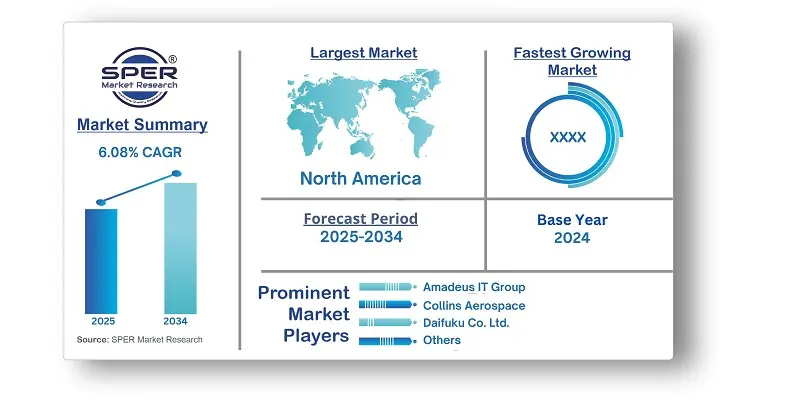
By System Insights
Data storage, Automation & Control, Data Acquisition & Communication, and Software & Solutions are the four system-based market segments for airport automation. The market was led by the data acquisition and communication segment in 2024. Smart infrastructure, which consists of a variety of components with sensors and communication devices connected, is something that airports are investing in. Gates, intelligent runways, baggage systems, and security systems are all included in this. By using these advanced components to improve data collecting capabilities, airports may improve overall efficiency and streamline operations. The segment will have lucrative growth opportunities as a result of these considerations.
By Technology Insights
Baggage handling systems, passenger processing, air traffic management (ATM), information technology (IT) solutions, security systems, and automated ground handling are all included in the technology-based market segmentation for airport automation. Due to its crucial role in automating the delivery, tracking, and sorting of luggage during airport travel, improving operational performance, reducing errors, and increasing customer happiness, the baggage handling systems category produced the highest revenue in 2024.
By Application Insights
Terminal-side operations, airside operations, and landside operations are the three application-based market segments for airport automation. Due to the increasing use of advanced technologies that improve efficiency and security on the airport airside, such as automated aircraft boarding, intelligent apron management, and improved air traffic control systems, the airside operations category produced the most revenue in 2024.
By Regional Insights
The analysis offers market insights by region, including Asia-Pacific, Europe, North America, and the rest of the world. Due to a number of variables that show the region's dedication to technological innovation and effective operations, the North American airport automation industry will lead this market. Airports in North America are making significant investments in state-of-the-art automation technology to improve passenger experience and expedite operations due to the increasing aviation sector. Adoption of advanced automation technologies is further impacted by the region's stringent security laws.
Market Competitive Landscape
To strengthen their position in the Global Airport Automation Market, several of the leading brands are concentrating on research and development initiatives. Some of the key market players ABB, Amadeus IT Group, Collins Aerospace, Daifuku Co. Ltd., Honeywell, IBM Corporation, L3Harris Technologies, Leidos Holdings, Inc., Siemens, and Thales Group.
Recent Developments:
In January 2024, TKH Group N.V., the parent company of TKH Airport Solutions, announced that it has purchased a 100% share in JCAl Inc. (JCAll). This significant purchase combines the unique expertise of TKH Airport Solutions in smart airport ground lighting (AGL) with the cutting-edge traffic guidance technologies of JCAll. With a focus on state-of-the-art guiding technology and software, JCAll gives airports the tools they need to autonomously guide aircraft over the tarmac. This facilitates throughput optimization while maintaining safety protocols.
In September 2023, Over the last mile, Vanderlande and Avinor looked at completely automated luggage handling. This collaboration aims to overhaul a baggage handling process that hasn't been altered in over 50 years. Vanderlande will provide Fleet Batch for ULD hauling and BagLoad for integrated robot loading. The primary objective of this alliance is to increase the reliability and effectiveness of baggage handling processes, which will ultimately benefit the airport industry as a whole.
Scope of the report:
| Report Metric | Details |
| Market size available for years | 2021-2034 |
| Base year considered | 2024 |
| Forecast period | 2025-2034 |
| Segments covered | By System,
By Technology, By Application |
| Regions covered | North America, Latin
America, Asia-Pacific, Europe, and Middle East & Africa |
| Companies Covered | ABB, Amadeus IT Group, Collins Aerospace,
Daifuku Co. Ltd., Honeywell, IBM Corporation, L3Harris Technologies, Leidos
Holdings, Inc., Siemens, and Thales Group |
Key Topics Covered in the Report
- Global Airport Automation Market Size (FY’2021-FY’2034)
- Overview of Global Airport Automation Market
- Segmentation of Global Airport Automation Market By System (Data storage, Automation & Control, Data Acquisition & Communication, and Software & Solutions, Others)
- Segmentation of Global Airport Automation Market By Technology (Baggage Handling Systems, Passenger Processing, Air Traffic Management (ATM), Information Technology (IT) Solutions, Security Systems, and Automated Ground Handling)
- Segmentation of Global Airport Automation Market By Application (Terminal-side Operations, Airside Operations, and Landside Operations)
- Statistical Snap of Global Airport Automation Market
- Expansion Analysis of Global Airport Automation Market
- Problems and Obstacles in Global Airport Automation Market
- Competitive Landscape in the Global Airport Automation Market
- Details on Current Investment in Global Airport Automation Market
- Competitive Analysis of Global Airport Automation Market
- Prominent Players in the Global Airport Automation Market
- SWOT Analysis of Global Airport Automation Market
- Global Airport Automation Market Future Outlook and Projections (FY’2025-FY’2034)
- Recommendations from Analyst
1. Introduction
1.1. Scope of the report
1.2. Market segment analysis
2. Research Methodology
2.1. Research data source
2.1.1. Secondary Data
2.1.2. Primary Data
2.1.3. SPERs internal database
2.1.4. Premium insight from KOLs
2.2. Market size estimation
2.2.1. Top-down and Bottom-up approach
2.3. Data triangulation
3. Executive Summary
4. Market Dynamics
4.1. Driver, Restraint, Opportunity and Challenges analysis
4.1.1. Drivers
4.1.2. Restraints
4.1.3. Opportunities
4.1.4. Challenges
5. Market variable and outlook
5.1. SWOT Analysis
5.1.1. Strengths
5.1.2. Weaknesses
5.1.3. Opportunities
5.1.4. Threats
5.2.PESTEL Analysis
5.2.1. Political Landscape
5.2.2. Economic Landscape
5.2.3. Social Landscape
5.2.4. Technological Landscape
5.2.5. Environmental Landscape
5.2.6. Legal Landscape
5.3. PORTERs Five Forces
5.3.1. Bargaining power of suppliers
5.3.2. Bargaining power of buyers
5.3.3. Threat of Substitute
5.3.4. Threat of new entrant
5.3.5. Competitive rivalry
5.4. Heat Map Analysis
6. Competitive Landscape
6.1. Global Airport Automation Market Manufacturing Base Distribution, Sales Area, Product Type
6.2. Mergers & Acquisitions, Partnerships, Product Launch, and Collaboration in Global Airport Automation Market
7. Global Airport Automation Market, By System (USD Million) 2025-2034
7.1. Data storage
7.2. Automation & Control
7.3. Data Acquisition & Communication
7.4. Software & Solutions
7.5. Others
8. Global Airport Automation Market, By Technology (USD Million) 2025-2034
8.1. Baggage Handling Systems
8.2. Passenger Processing
8.3. Air Traffic Management (ATM)
8.4. Information Technology (IT) Solutions
8.5. Security Systems
8.6. Automated Ground Handling
9. Global Airport Automation Market, By Application (USD Million) 2025-2034
9.1. Terminal-side Operations
9.2. Airside Operations
9.3. Landside Operations
10. Global Airport Automation Market, 2025-2034 (USD Million)
10.1. Global Airport Automation Market Size and Market Share
11. Global Airport Automation Market, By Region, 2025-2034 (USD Million)
11.1. Asia-Pacific
11.1.1. Australia
11.1.2. China
11.1.3. India
11.1.4. Japan
11.1.5. South Korea
11.1.6. Rest of Asia-Pacific
11.2. Europe
11.2.1. France
11.2.2. Germany
11.2.3. Italy
11.2.4. Spain
11.2.5. United Kingdom
11.2.6. Rest of Europe
11.3. Middle East and Africa
11.3.1. Kingdom of Saudi Arabia
11.3.2. United Arab Emirates
11.3.3. Qatar
11.3.4. South Africa
11.3.5. Egypt
11.3.6. Morocco
11.3.7. Nigeria
11.3.8. Rest of Middle-East and Africa
11.4. North America
11.4.1. Canada
11.4.2. Mexico
11.4.3. United States
11.5. Latin America
11.5.1. Argentina
11.5.2. Brazil
11.5.3. Rest of Latin America
12. Company Profile
12.1. ABB
12.1.1. Company details
12.1.2. Financial outlook
12.1.3. Product summary
12.1.4. Recent developments
12.2. Amadeus IT Group
12.2.1. Company details
12.2.2. Financial outlook
12.2.3. Product summary
12.2.4. Recent developments
12.3. Collins Aerospace
12.3.1. Company details
12.3.2. Financial outlook
12.3.3. Product summary
12.3.4. Recent developments
12.4. Daifuku Co. Ltd.
12.4.1. Company details
12.4.2. Financial outlook
12.4.3. Product summary
12.4.4. Recent developments
12.5. Honeywell
12.5.1. Company details
12.5.2. Financial outlook
12.5.3. Product summary
12.5.4. Recent developments
12.6. IBM Corporation
12.6.1. Company details
12.6.2. Financial outlook
12.6.3. Product summary
12.6.4. Recent developments
12.7. L3Harris Technologies
12.7.1. Company details
12.7.2. Financial outlook
12.7.3. Product summary
12.7.4. Recent developments
12.8. Leidos Holdings, Inc.
12.8.1. Company details
12.8.2. Financial outlook
12.8.3. Product summary
12.8.4. Recent developments
12.9. Siemens
12.9.1. Company details
12.9.2. Financial outlook
12.9.3. Product summary
12.9.4. Recent developments
12.10. Others
13. Conclusion
14. List of Abbreviations
15. Reference Links
SPER Market Research’s methodology uses great emphasis on primary research to ensure that the market intelligence insights are up to date, reliable and accurate. Primary interviews are done with players involved in each phase of a supply chain to analyze the market forecasting. The secondary research method is used to help you fully understand how the future markets and the spending patterns look likes.
The report is based on in-depth qualitative and quantitative analysis of the Product Market. The quantitative analysis involves the application of various projection and sampling techniques. The qualitative analysis involves primary interviews, surveys, and vendor briefings. The data gathered as a result of these processes are validated through experts opinion. Our research methodology entails an ideal mixture of primary and secondary initiatives.
